Shell currency has been around for over 4,000 years and was, in it's heyday, the most widely used currency in the world. Even today, there still exist minor currencies based on certain shells.
Some examples of shells' uses in trade are:
- Cowrie
shells,
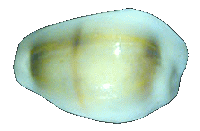 collected
loose in bags or strung into strands, were the earliest forms of currency
used in many countries. The Chinese, so far as we know, were the first
people to use cowries as currency. Here, cowries have been found in
prehistoric Stone Age sites. Examples of other country's native money-strands
are the "diwara" of New Guinea, "rongo" in the Melanesian
islands and "sapisapi" in Africa. The image of the cowrie
as a type of currency was so strong that the first metal coin minted
in the Greek colony of Lydia (around 670 B.C) was modeled after that
shell. By the eighteenth century, approximately 400 million cowries
were being traded per year (that's a LOT of shells!!!) mostly for the
purchase of black slaves. By the middle of the nineteenth century, it
could take up to 100,000 cowries just to buy a young wife. Inflation,
it seems, was the main demise of the cowrie currency.
collected
loose in bags or strung into strands, were the earliest forms of currency
used in many countries. The Chinese, so far as we know, were the first
people to use cowries as currency. Here, cowries have been found in
prehistoric Stone Age sites. Examples of other country's native money-strands
are the "diwara" of New Guinea, "rongo" in the Melanesian
islands and "sapisapi" in Africa. The image of the cowrie
as a type of currency was so strong that the first metal coin minted
in the Greek colony of Lydia (around 670 B.C) was modeled after that
shell. By the eighteenth century, approximately 400 million cowries
were being traded per year (that's a LOT of shells!!!) mostly for the
purchase of black slaves. By the middle of the nineteenth century, it
could take up to 100,000 cowries just to buy a young wife. Inflation,
it seems, was the main demise of the cowrie currency.
|
Iin New Guinea, the kina, (main currency) and the tabu (shell currency) are both used in some areas of New Guinea. It is thought that the kina was named after the gold-lip pearl shell which is the most highly prized shell by the various cultural groups. Too learn more about tabu, visit the Money - Traditional Tolai Tabu web Page.
Click HERE to see photos of New Guinea tribal costume |
- Hard clamshells and whelks were the shells used to make the North American Indian wampum. Eastern Indians also used the tusk shell as a trade shell. Wampum continued to be used as money through the first half of the eighteenth century when it finally died out due to counterfeiting and mass production.
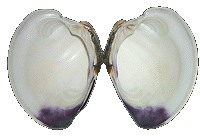 Mercenaria mercenaria (Linnaeus, 1758) Hard clamshells, Northern Quahog |
 Dentalium (Antalis) pretiosum Indian-money Tusk, I"o*qua shell |
- Trade Beads and other ornaments were made of "Spiny Oyster" for barter
|
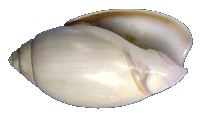 Olivella biplicata (Sowerby I, 1825) Purple Olive Shell |
· Pearly oysters were traded all over the Panamanian and Andean region.
· Aztecs paid shell tributes to the Emperor Montezuma.
· Ancient Phoenician coins distributed throughout the Mediterranean world were sculptured in the likeness of the scallop, murex and Triton shells.
|
||
|
Looking
for photo
|
 Turbinella pyrum |
|
 |
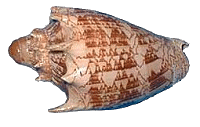 Cymbiola imperialis |
|
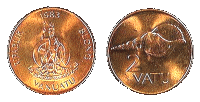 |
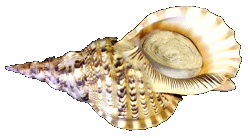 Charonia tritonis |
|
 |
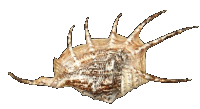 Lambis lambis |
|
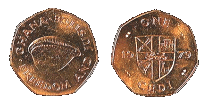 |
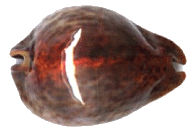 Cypraea stercoraria |
|
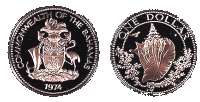 |
 Strombus gigas |
| *For more examples of coins bearing a molluscan image, please visit Guido Poppe's excellent site "Conchology.be" | ||
|
|
|
WWW Sites on Stamps bearing the molluscan image:
Books on Stamps bearing the molluscan image:
|







